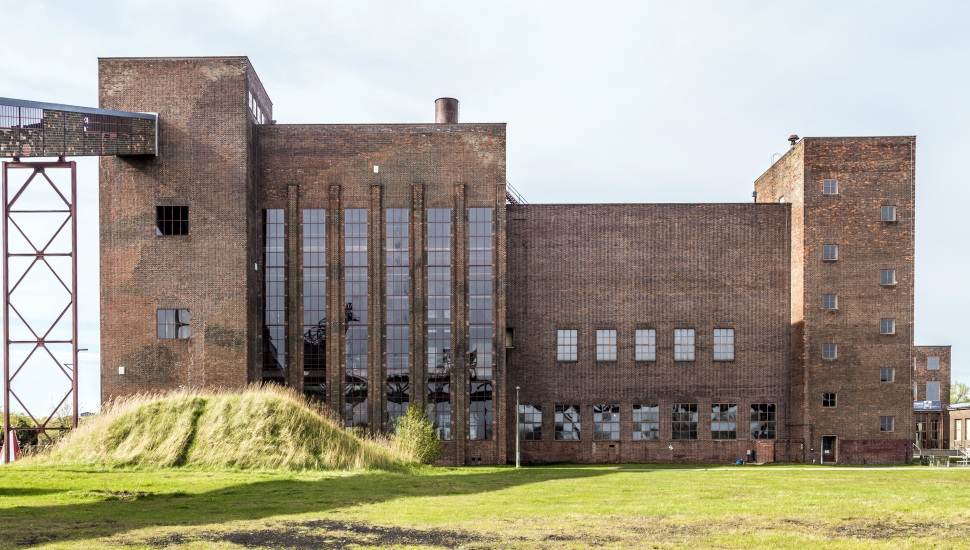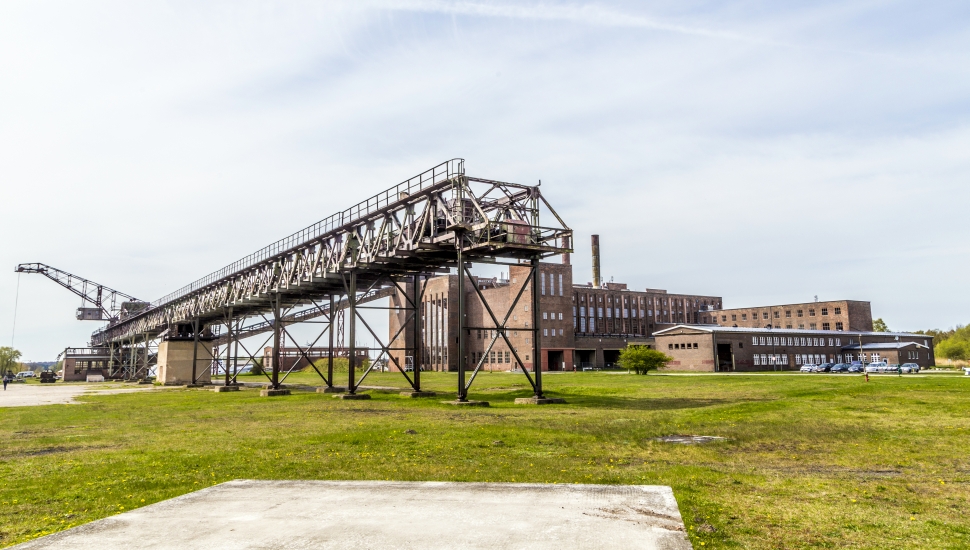The Pretty German Seaside Resort with a Dark Past
Mike Overton explores the picturesque German seaside resort of Peenemünde, where Nazi Germany developed its “vengeance weapons” – using technologies that would change the world forever.
I gazed out across the Baltic Sea, my toes imprinting the soft white sand of Peenemünde beach on Germany's northern coast. I reflected that these often-choppy waters were highly disputed 75 years ago – as were the skies above, through which passed all manner of terrifying machines of war.
I cast around at the families strolling on the sands, perhaps visiting Peenemünde for its coastal views or its fischbrotchen – a delicious fish sandwich usually made of locally-caught bismarck herring.
Peenemünde is a German version of a traditional British seaside resort. But this one has a past darker than anything proffered by Scarborough or Great Yarmouth.
Peenemünde played host to Nazi Germany's “vengeance weapons” research site. The V1 and V2 rockets developed here were fired primarily at London, but also at Liege and Antwerp as the war drew to a close.

The day before I had stood in the town's Historical Technical Museum – a rather unexciting name for a truly fascinating attraction. This imposing red brick building was once a power station, but in 1939 was converted into a top-secret weapons research facility by the Nazis.
Around 12,000 people worked on the world's first-ever cruise missiles and heavy rockets in this building, and in various long-demolished facilities that once dotted the surrounding 25sqkm. The work carried out here directly links to modern day cruise missiles and weapons of mass destruction – but also to space travel.
Necessity – however dark that necessity might be – is indeed the mother of invention, and the Germans were truly inventive in the final months and years of the war.
A key figure behind the entire project was Walter Dornberger, an artillery officer who believed rockets could help Germany win the war. Working alongside him was aerospace engineer Wernher von Braun, whose real passion was space travel. Indeed, when von Braun was told that the first V2 had struck London, he said, "the rocket worked perfectly, except for landing on the wrong planet."
I wandered the dark and foreboding rocket production workshops, realising how deeply the work done here has impacted the world. The human cost of the technologies developed here was and is huge: V1s and V2s killed hundreds, while the missiles that harnessed their technologies killed many hundreds more in subsequent wars. Most modern nuclear missile propulsion systems can also trace their roots to these dank, ominous rooms.

But thousands suffered in the actual production of V1s and V2s; slave labour was brought in from surrounding countries to work on weapons which, in some cases, would be used on the workers' own nations.
With a better understanding of the facility's impact on world history, I returned to the grounds outside, where the various relics took on more profundity. The black-and-white model of the V2 seemed to stand proudly in the courtyard, not far from a V1 test ramp with a “doodlebug” rocket perched on the raised end.
I perused the various other rusting war artefacts, placed here in a seemingly unceremonious manner. Old diesel engines from warships, still connected to their propeller axles ; corroded cisterns and other pieces of abandoned machinery, they all conspired to connect me with history – where a more polished museum might create distance.
As I left the Historical Technical Museum I contemplated the fate of Dornberger and von Braun.
After being interrogated, then detained in Wales for two years, Dornberger was eventually brought to America to work with the Bell Corporation and Boeing. His ideas contributed to the space shuttle.
Von Braun was first interrogated by the British, who gleaned as much information from him as possible before handing him over to the Americans, who the British assumed would remain tight-lipped about anything von Braun told them. What von Braun revealed to the British is still secret, but present at his interrogation was L.S. Snell, who would later become chief designer at Rolls Royce, perhaps best-known for developing the engines for Concorde.
But von Braun's biggest contribution was made to NASA and the US space program; he was instrumental in the United States' first space satellite Explorer 1, and in the Apollo moon landings.

Later, seated in a pleasant seaside cafe overlooking the moody Baltic, I tucked into a hearty fischbrotchen sandwich and reflected. It was the world's good fortune that Hitler was so sceptical about the work done at Peenemünde – or this lesser known of World War Two sites could have lived on in far greater infamy.
Get a Quote